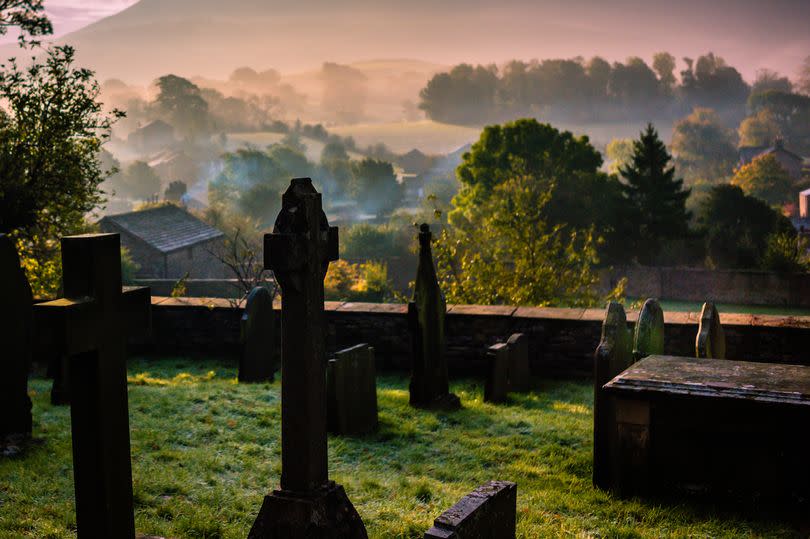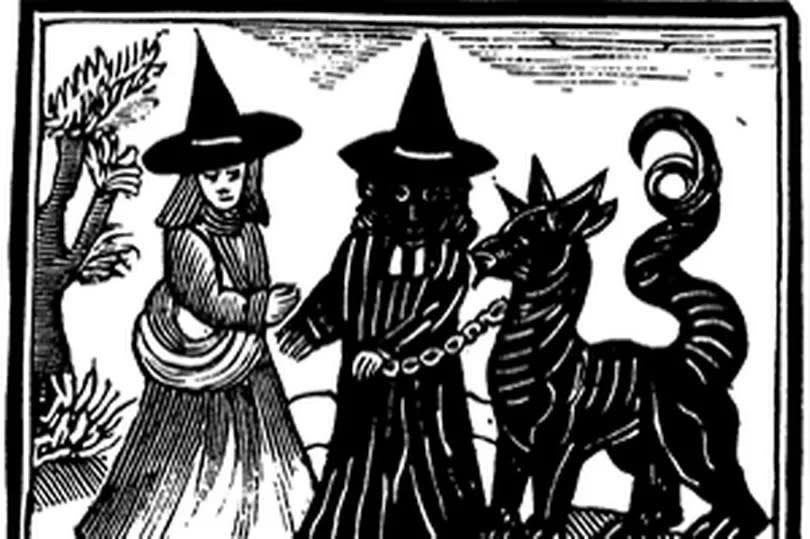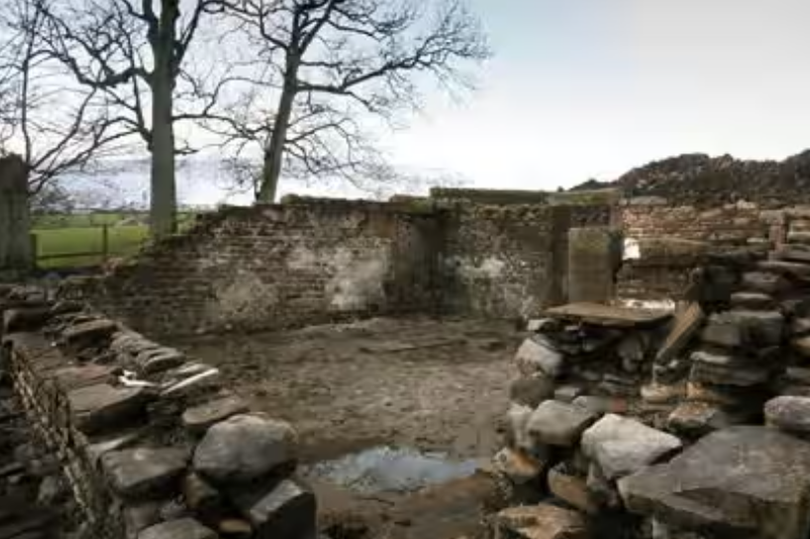A centuries-old Pendle Witches mystery could be over as archaeologists uncover 'best contender ever'

For something so synonymous with Pendle, so much of what led to the 1612 witch trials remains shrouded in mystery.
For years, doubts have been raised about precisely where the Pendle Witches are alleged to have cast their spells. But, perhaps, some of those questions could be at an end.
An archaeological dig at an alternate site has been hailed as "the best contender" yet.
The 17th century persecution of those suspected of being witches was sparked by the accession of James I who believed that witchcraft was a sin punishable by death. The group which became known as the Pendle Witches was made up of two families the Demdikes and and the Chattoxs.
Both families were headed by elderly widows - Elizabeth Southerns (aka Old Demdike) and Anne Whittle, known by the nickname of Old Chattox. They lived by begging and on their reputation as wise women who claimed to have the power to remove curses and to heal.
READ MORE:
Story of the Pendle Witches and how fear, rumour and feuds led to the infamous trial and death
Villagers' joy as Blacko pub with Pendle Witches rumours is spared housing plan
In August 1612 Demdike's granddaughter Alizon Device was travelling to Trawden Forest in Pendle when she crossed paths with peddlar John Law. Alizon asked John for some metal pins, but he refused her request and walked away.
It was claimed that she had put a curse on him and he soon collapsed, and was paralysed and unable to speak. From the medical knowledge we have today, it's more likely that he had suffered a stroke, but the community believed that Alizon had used withcraft to hurt John.

The matter was brought to the attention of local magistrate Roger Nowell and Alizon was soon arrested. Further arrests would follow after Alizon confessed and implicated neighbours and members of her own family.
It's then said that a Witches Sabbat took place at Old Demdike's home on Good Friday at Malkin Tower and a plot was reportedly hatched to blow up Lancaster Castle. A total of 19 people were arrested, including a group of suspects from Samlesbury, and they spent the next four months in the dungeon of the castle awaiting trial.
In addition to the 10 Pendle defendants, the so-called Samlesbury Witches – John Ramsden, Elizabeth Astley, Isabel Southgraves, Lawrence Haye, Jane Southworth, Jennet Brierly and Ellen Brierly – along with Isobel Robey from Windle, near St Helens and Margaret Pearson, the Padiham Witch, were also tried.
The trials began on August 18 and the star witness was one of Demdike's granddaughters, Jennet Device, who was just nine-years-old. Judge Bromley presided, accompanied by Judge Altham - and they were assisted by Lord Gerald and Sir Richard Hoghton.
The prosecutor was former high sheriff of Lancashire Roger Nowell. The majority of the evidence given against them was based on rumours, hearsay, superstition, and false confessions - all things that would be thrown out of a court today.
The defendants were also not allowed to call witnesses to speak on their behalf. It is said that when nine-year-old Jennet gave evidence about those who had attended the meeting at Malkin Tower - which included her own mother, sister and brother - her mother Elizabeth had to be forcibly ejected from the court when she began to scream and curse the child.
Demdike had died in prison awaiting trial and after the 10 remaining 'witches' were convicted and hanged at Gallow's Hill, her home Malkin Tower, believed to be in the Forest of Pendle, was demolished. Extensive excavations have taken place to identify the location of Malkin Tower and an episode of Digging up Britain's Past focused on a site close to the border with Yorkshire.
Many believe that Malkin Tower is located close to Lower Black Moss reservoir near Barley after a 17th Century cottage with a mummified cat sealed in the walls was discovered by water engineers in 2011.

The practice of walling up a cat, with the animal sometimes still alive, is known to have been a medieval precaution against evil spirits. The tradition survived into later centuries in remote areas such as the high Pennines.
However, the episode of Digging up Britain's Past, presented by Helen Skelton and Alex Langlands, raised doubts about this theory and instead focused on a different area which uncovered several features which archaeologists believe prove it to be the "best contender" for the true location of Malkin Tower.
Archaeologist Mike Woods said: "Malkin Tower Farm has had the name Malkyn attached to it since the 1500s and geophysical surveys carried out found two large rectangular anomalies that were found to be clay floored farm buildings dating to the early 17th century.
"With the name Malkin being the name for the site 100 years before the events surrounding the Pendle witchcraft trials and the discovery of the clay surfaced structures dated to the time of the witches, it is the best contender we have so far for the true location of Malkin Tower."

 Yahoo News
Yahoo News 
